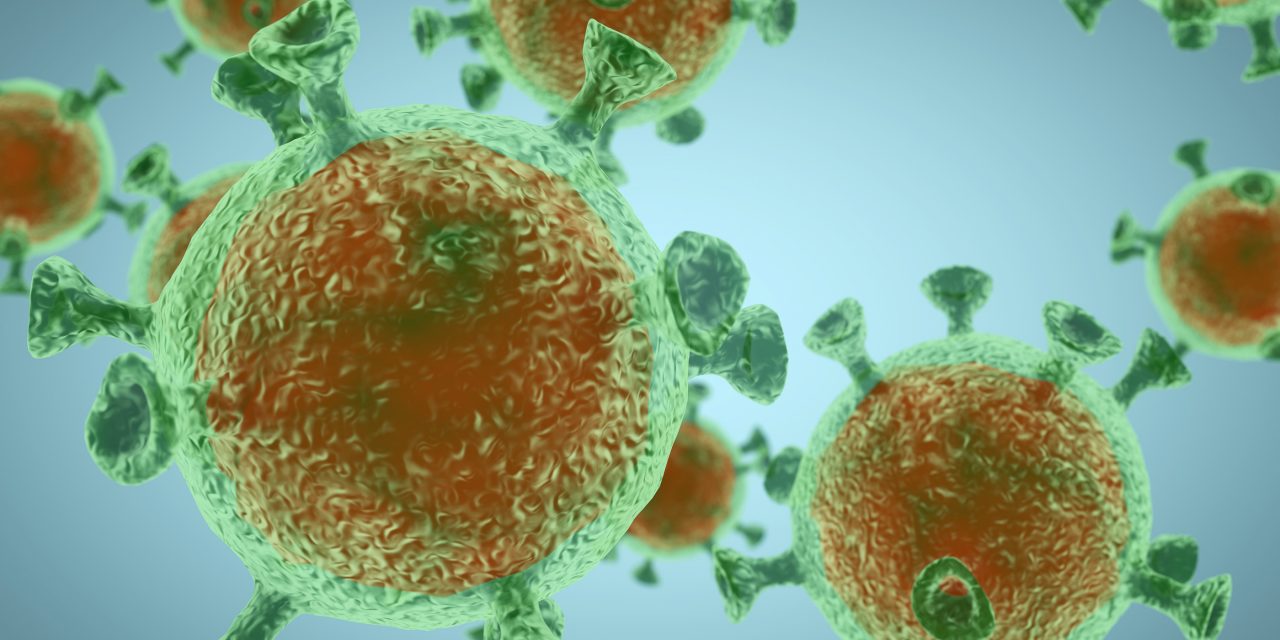Seemingly everything is a potential invasion of our privacy these days, which is precisely why I’d ordinarily be about the last person to buy an internet-connected thermometer. But it turns out that it’s a very good thing that this product exists. Made by a company called Kinda Health, the thermometers allow us to pick up hot spots where an unusual number of people are running fevers.
Kinsa’s thermometers upload the user’s temperature readings to a centralized database; the data enable the company to track fevers across the United States.
Owners of Kinsa’s thermometers can type other symptoms into a cellphone app after taking their temperature. The app offers basic advice on whether they should seek medical attention.
Kinsa has more than one million thermometers in circulation and has been getting up to 162,000 daily temperature readings since Covid-19 began spreading in the country.
This serves as a better early warning device than anything the government possesses. The Centers for Disease Control and Prevention tries to pick up on flu outbreaks through a clunky reporting system that relies on doctors’ offices and hospitals, but people don’t generally go to see a doctor on the first day that they’re running a fever. The thermometer data come in quicker and are easy to sort.
The thermometers are now serving another valuable purpose. Quarantines and self-isolation have been in place in enough places for enough time for Kisna to measure their effectiveness. The good news is that our disruptive safety precautions seem to be working.
To identify clusters of coronavirus infections, Kinsa recently adapted its software to detect spikes of “atypical fever” that do not correlate with historical flu patterns and are likely attributable to the coronavirus.
As of noon Wednesday, the company’s live map showed fevers holding steady or dropping almost universally across the country, with two prominent exceptions.
One was in a broad swath of New Mexico, where the governor had issued stay-at-home orders only the day before, and in adjacent counties in Southern Colorado.
By Friday morning, fevers in every county in the country were on a downward trend, depicted in four shades of blue on the map.
Fevers were dropping especially rapidly in the West, from Utah to California and from Washington down to Arizona; in many Western counties, the numbers of people reporting high fevers fell by almost 20 percent. The numbers were also declining rapidly in Maine.
The parts of New Mexico and Colorado that had been slightly “warm” on Wednesday were in light blue, indicating that they were cooling. So were the Louisiana counties.
One thing they’ve discovered is that “simply declaring a state of emergency or limiting the size of public gatherings did not affect the number of people reporting fevers,” but “closing restaurants and bars and asking people to stay in their homes produced dramatic results.”
For example, in Manhattan, reports of fevers steadily rose during early March, despite a declaration of emergency on March 7 and an order on March 12 that public gatherings be restricted to less than 500 people.
The turning point began on March 16, the day schools were closed. Bars and restaurants were closed the next day, and a stay-at-home order took effect on March 20. By March 23, new fevers in Manhattan were below their March 1 levels.
Last Friday, New York State’s own data showed the same trend that Kinsa’s fever readings had spotted five days earlier.
We’re seeing a lot of really alarming news out of New York City about the spread of COVID-19, so it’s encouraging to know that there is good reason to believe that they’re preventing new infections.
When this pandemic is over and we’re trying to learn our lessons so that we’re better prepared in the future, I think the early detection afforded by opt-in internet-thermometers will have to be a big part of the government’s solution. It really should help save lives, and not only with novel viruses. More visibility on more familiar flu outbreaks will help us hold done how many people die from influenza each year, and so will many of other things we’ve learned during this crisis, like how to avoid spreading our sickness to others.
Now I’m thinking maybe buying one of those thermometers would be a public service rather than just another way to have my life tracked. I’m also comforted to know that there’s a point to being locked in my house.







